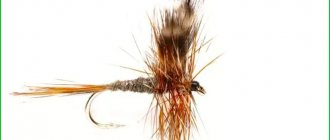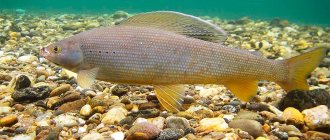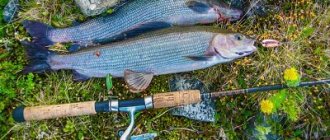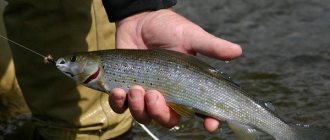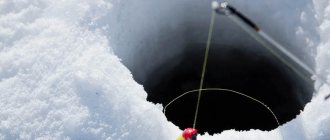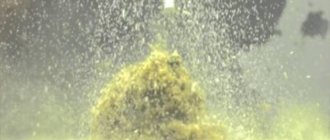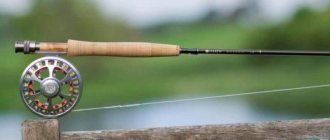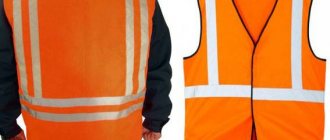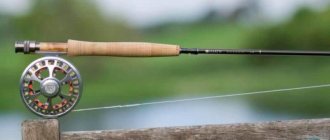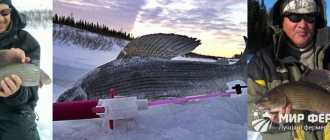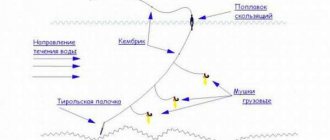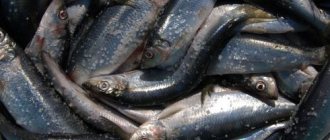Flies are artificial baits that imitate insects in various stages of their development and serve as food objects for fish. People have long learned to make and catch both dry and wet varieties. At first, primitive, simple gear was used for such fishing; today, fly fishing is, of course, the first choice.
Today's subject of our conversation is flies for grayling. This Siberian, which belongs to the salmon family, loves to feed on live insects and their larvae, so it is very often caught using artificial imitations of them.
Advantages and types of flies
Such an artificial bait as a fly undoubtedly has many advantages that determine the advisability of their use: 1. Versatility for fish. The same fly can tempt both small chub and grayling, and large lenok and taimen.
2. Possibility of use with different gear such as boat, drag, fly fishing, bombard, spinning.
3.The compactness of the bait allows you to use small pencil cases and boxes that do not take up much space during storage and transportation.
A small box holds a large number of flies.
4. Low cost of ready-made baits.
5. Possibility of self-production and tying of flies, due to the variety of materials used and their low price.
6.Easy installation of the bait, tying the fly is as easy as a regular hook.
7. If a fly is made with high quality, it can serve the angler for many years. There are no special storage requirements; the main thing is to thoroughly dry the bait to prevent corrosion of the hook.
Flies are divided into two large groups according to their application:
- dry,
- wet.
Dry baits are those used for fishing from the surface of the water; they are also called riding baits. They imitate insects that have fallen into the water: flies, butterflies, bugs, dragonflies and others.
Wet, or bottom, baits are heavier than water and are carried in the lower horizons of the water flow. Beetles, caddis flies, larvae and pupae of insects are the objects of imitation of this type of deception.
Our help! Some insect larvae are called nymphs, so this has become a common name for wet flies.
Types of tackle for fly fishing
Flies for catching grayling can be used when fishing with several types of gear: 1. Retightening. An ancient tackle in which fishing is carried out from both sides of the river using the equipment of two fishing rods fastened together. In this case, leashes with flies are attached to the working line, and fishermen lower them to the surface of the water, enticing the fish to bite.
The harness for one angler is equipped with a rubber shock absorber.
2.Ship. This is the name of a design that operates on the principle of a kite, controlled by a fisherman from the shore, and delivering the fly a considerable distance from the shore.
Fishing with flies on a boat tackle.
3.Fly fishing. Modern sports tackle, in which a light fly is cast due to the weight of a fly line, which has a special profile and sufficient weight.
4. Sbirulino. The Italian fishing rod with a float, also called a bombarda, delivers a dry or wet fly over a long distance due to its own mass, which provides good flight qualities when casting with a spinning, feeder or match rod.
Installation diagram of float tackle for fly fishing.
5. Ultralight spinning rod is also used when casting both wet and dry flies. In this case, the main fishing technique is to float the bait downstream.
Attention! The type and appearance of the fly used does not depend on the choice of gear, but must correspond to the food preferences of the grayling itself.
